During discussions about the content published on the website, it became evident that a substantial number of users were intrigued by Bronze Age weaponry, particularly the weapons and armor of the legendary Trojan War.
This topic is quite fascinating, and it is something that most people are familiar with, even from a young age like when we studied stories from the fifth grade textbooks. From “Copper spears” to “Helm-helm Hector” to “the famous shield of Achilles,” these iconic elements all originate from there.

Furthermore, this significant event is truly exceptional. Interestingly, it was first introduced to people through a poem, a piece of artwork. However, by delving into it and expressing a genuine interest, individuals were able to uncover insights into a culture previously unfamiliar to them.
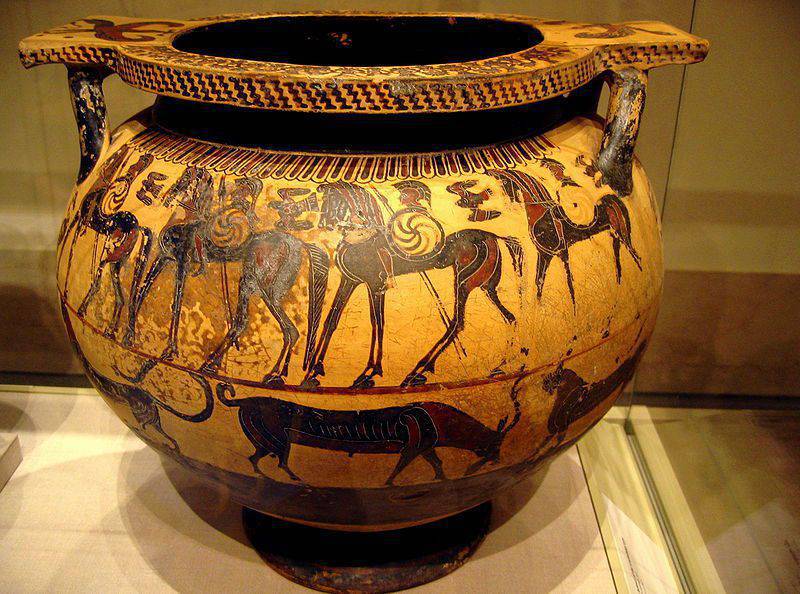
A Corinthian ceramic vessel decorated with black-figure designs showcases scenes from the Trojan War, dating back to around 590-570 BC. Currently housed at the Metropolitan Museum in New York.
It’s important to go back to the very beginning. The myth of Troy, the city under siege by the Greeks, remained unconfirmed by solid evidence until the late nineteenth century. But then, thanks to financial backing (Schliemann struck it rich!), the romantic childhood dream of Heinrich Schliemann became a reality. He headed straight to Asia Minor in search of the legendary Troy, bringing hope to all of mankind.
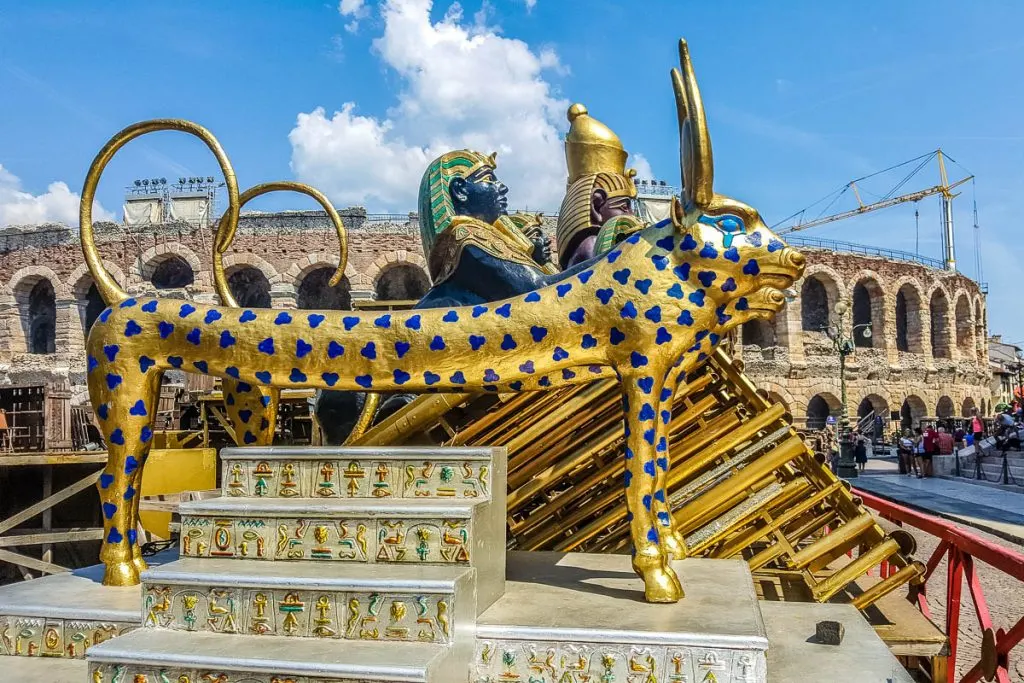
After the year 355 AD, this particular place mysteriously disappeared from historical records. Then, a determined Schliemann decided to follow Herodotus’ vague description and began excavating the Ghisarlyk hill. From 1871 onwards, he tirelessly dug at the site for more than two decades until his passing. The archaeologist’s methods were quite unorthodox – he dug without recording his findings, discarded anything he deemed unimportant, and just kept digging until he found what he believed to be the legendary city of Troy.
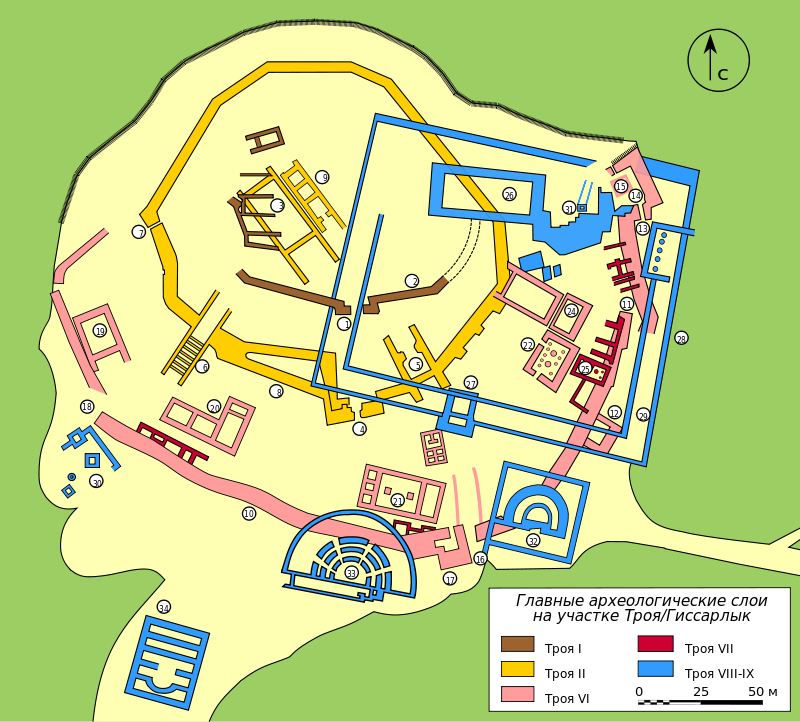
Many scholars at that time were skeptical about the identity of the excavated site as Troy. However, with the support of British Prime Minister William Gladstone and the expertise of professional archaeologist Wilhelm Dörpfeld on his team, the mystery of the ancient city slowly began to unravel.
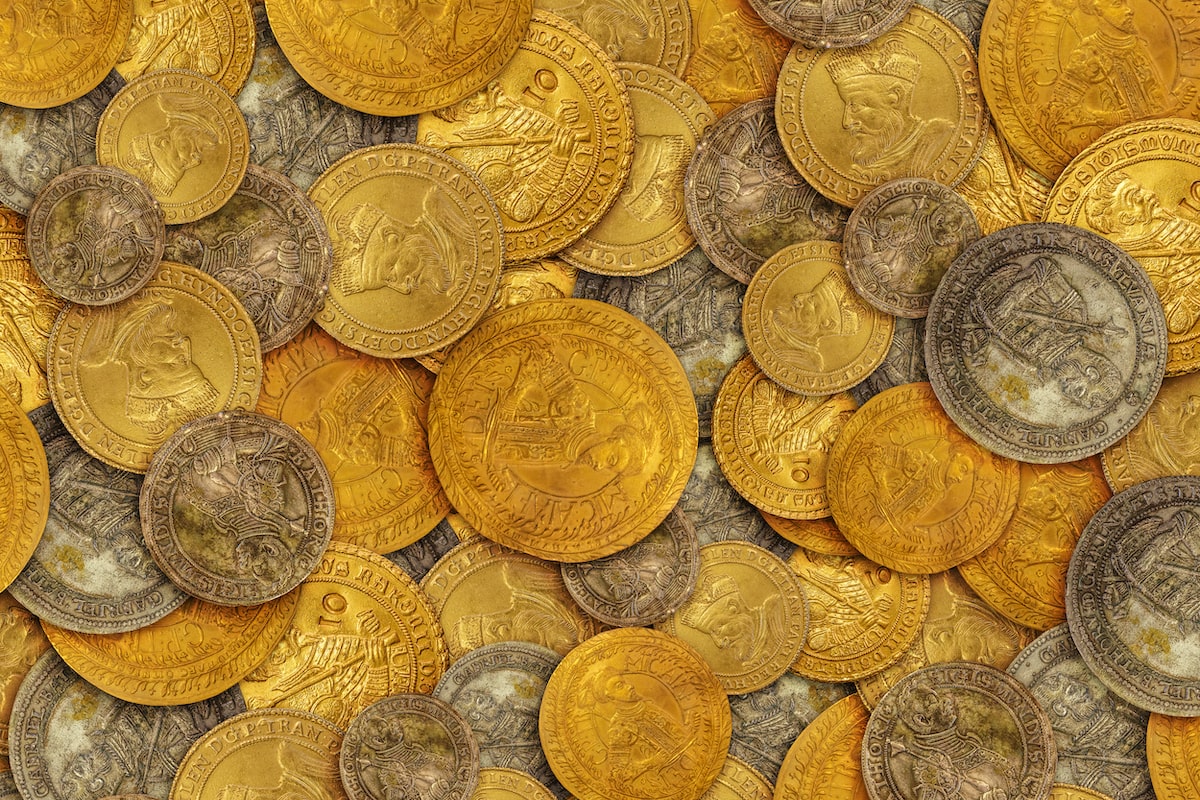
One of the most surprising discoveries was the finding of multiple cultural layers at the site. Each new layer revealed a new Troy built upon the remnants of the previous one. Starting with the oldest Troy I and ending with the “youngest” Troy IX from Roman times, the archaeologists uncovered a total of 46 layers (and sub-layers) at the site. This made studying Troy quite a challenging task!
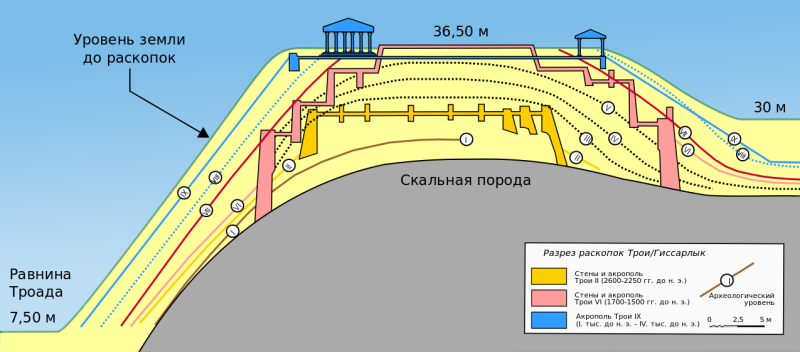
Schliema thought that the Troy he was looking for was Troy II, but the actual Troy turned out to be Troy VII. Evidence shows that the city met its end in a fiery blaze, and the remains found in this layer indicate a violent death. This tragic event is believed to have taken place around 1250 BC.

.